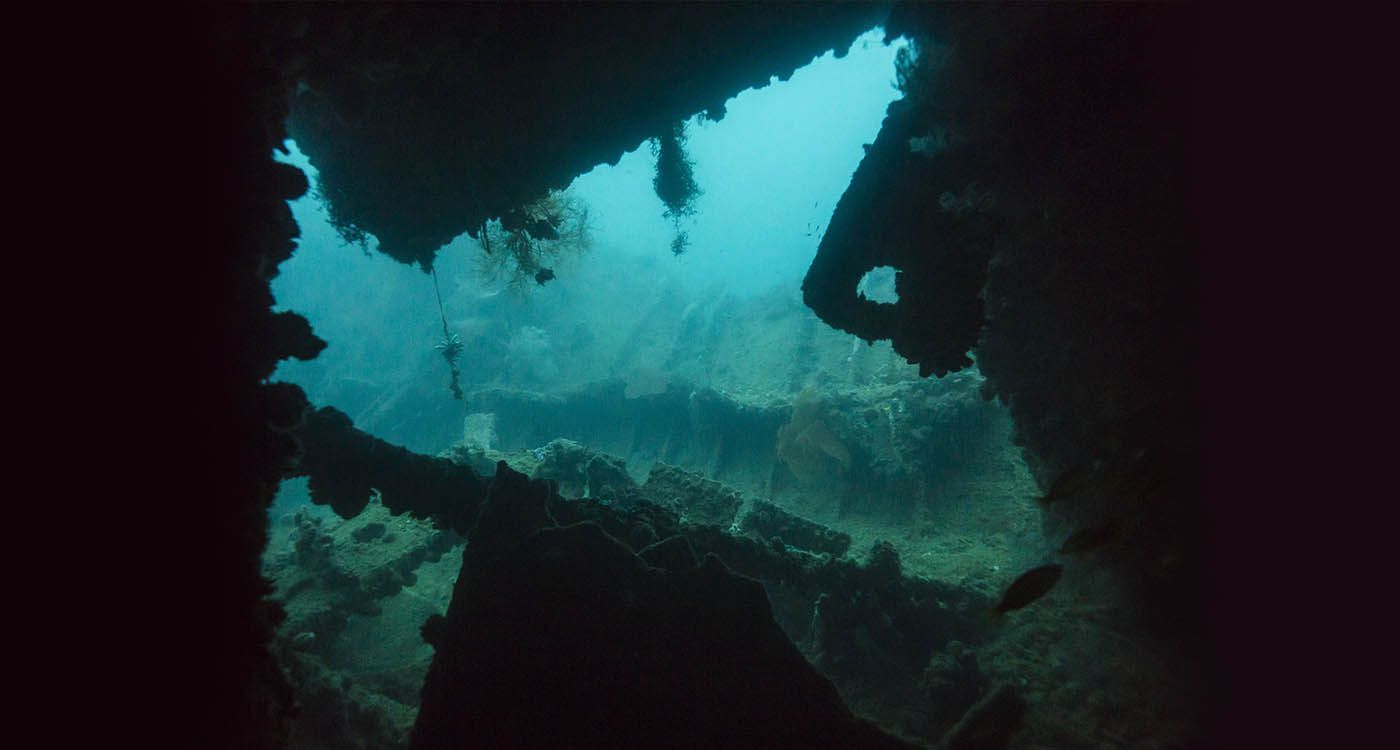- Home
- Highlights
- Who Owns a Sunken Treasure?

©unterwegs / Shutterstock.com
As advances in underwater exploration technologies open new horizons for archaeological research, the legal status of submerged heritage in Lebanese waters is becoming increasingly pressing. Who holds rightful ownership of an ancient shipwreck discovered off the coast of Byblos? What legal framework governs treasures found within Lebanon’s Exclusive Economic Zone (EEZ)? And how does Lebanese law respond within a complex and often ambiguous international context?
Navigating the Law of the Sea
The United Nations Convention on the Law of the Sea (UNCLOS), also known as the Montego Bay Convention (1982), established a comprehensive legal framework governing maritime spaces. Lebanon ratified this treaty in 1995, basing its sovereignty over its waters on the Convention’s provisions.
Under UNCLOS, the sea is divided into distinct legal zones. Territorial waters extend up to 12 nautical miles from the coast, where the state exercises nearly full sovereignty, equivalent to its control over land territory.
Beyond this lies the contiguous zone (12 to 24 nautical miles), where the state can enforce laws to prevent violations related to customs and fiscal laws.
Further out, the EEZ (up to 200 nautical miles) grants the state sovereign rights over the exploration and exploitation of natural resources, though without full sovereignty over the waters themselves.
Lastly, the continental shelf may extend beyond the EEZ if supported by geological evidence.
Currently, Lebanon lacks specific national legislation addressing submerged cultural heritage. While reforms to the Antiquities Code are under consideration, no comprehensive legal framework governs underwater finds yet.
In practice, the Directorate General of Antiquities (DGA), operating under the Ministry of Culture, manages underwater operations through a patchwork of ministerial decrees, circulars and ad hoc permits – a legal gray area with gaps that opportunistic looters frequently exploit.
Submerged Heritage: Between Sovereignty and International Cooperation
The 2001 UNESCO Convention on the Protection of the Underwater Cultural Heritage, ratified by Lebanon in 2006, complements the existing legal framework by providing important interpretative guidance. It mandates protection for cultural assets submerged for over one hundred years – whether shipwrecks, amphorae or entire sunken cities – against looting, illicit trade and commercial exploitation.
Within Lebanon’s territorial waters, national law is fully applicable. According to the Antiquities Code (Law No. 166/1933 and its amendments), all movable or immovable ancient objects discovered in Lebanese territory, land or sea, belong to the State. There is no distinction between terrestrial and underwater discoveries: any shipwreck or artifact from antiquity falls under the DGA jurisdiction. For example, a treasure found six nautical miles off Tyre by a fisherman or diver belongs to the state, which may decide on its conservation, display or scientific use.
The situation is more complex within the EEZ. While the UNCLOS grants Lebanon sovereign rights over the exploration and exploitation of natural resources in this zone, it does not explicitly address cultural heritage. Thus, Lebanon cannot exercise full sovereignty over a shipwreck found 70 miles off Tripoli unless it rests on the continental shelf, whose extension Lebanon may claim, as demonstrated in maritime delimitation negotiations with Israel and Cyprus. Nevertheless, international law encourages states to cooperate in protecting such heritage, especially when it is of clear national origin or located nearby.
Legal Scenarios at Play
If a discovery is made within Lebanon’s territorial waters (0 to 12 nautical miles), the find belongs to the Lebanese state and falls under the jurisdiction of the DGA. Any excavation requires prior authorization, and artifacts are considered inalienable public property. Private recovery is strictly prohibited and punishable by law.
In the contiguous zone (12 to 24 nautical miles), Lebanon’s rights are more limited, but the state may take preventive or coercive action if cultural heritage is threatened, particularly when the object in question is archaeological.
Within the EEZ (up to 200 nautical miles), artifacts are not automatically subject to Lebanese sovereignty. However, if the cultural asset is of Lebanese origin, such as a Phoenician shipwreck, Lebanon may claim symbolic ownership and invoke the 2001 UNESCO Convention to request cooperation from other states. In such cases, bilateral agreements and diplomatic channels become critical tools for preservation.
Beyond the EEZ, in international waters, no state may claim exclusive ownership over submerged cultural heritage. Still, a state may assert a cultural or historical connection to a find, especially if the object is part of its national heritage, or if the vessel is a recognized state ship (such as a sunken warship). These principles, however, remain the subject of ongoing debate in customary international law.
Yet legal instruments alone are not enough. Protecting submerged heritage requires a comprehensive national strategy – one that integrates maritime law, archaeology, environmental protection and security policy. This involves training archaeologist-divers, collaborating with naval forces, producing underwater heritage maps, and raising awareness among local communities and fishermen. Whether Lebanon can establish such comprehensive protection remains to be seen.
Read more





Comments